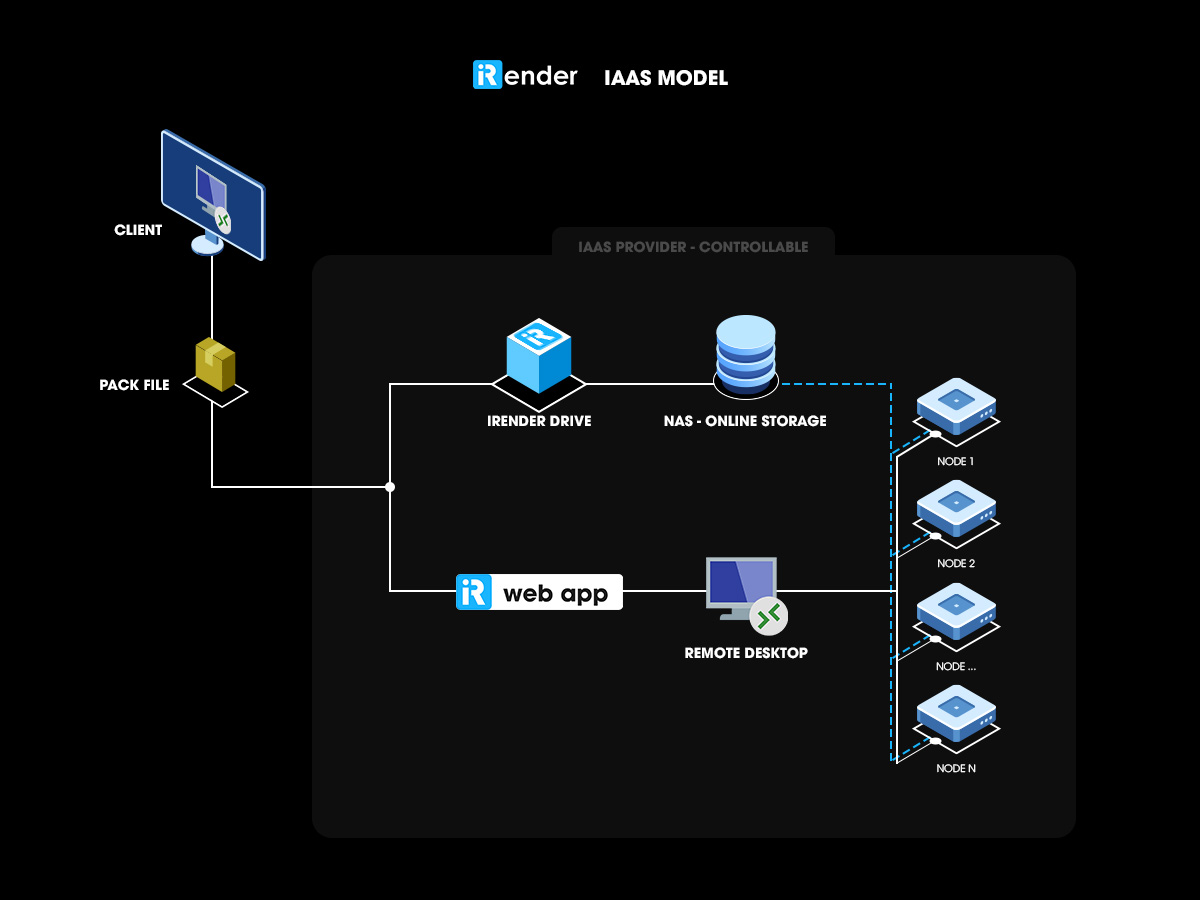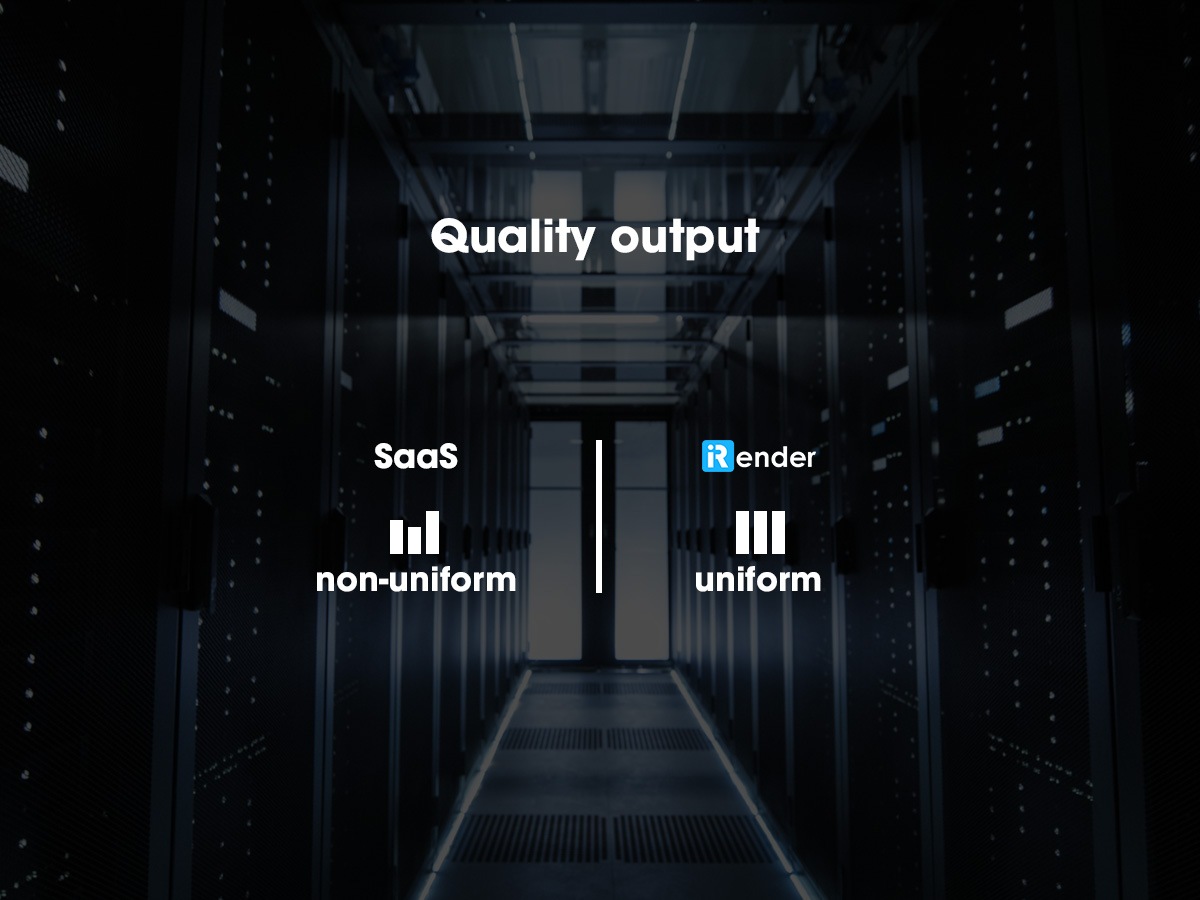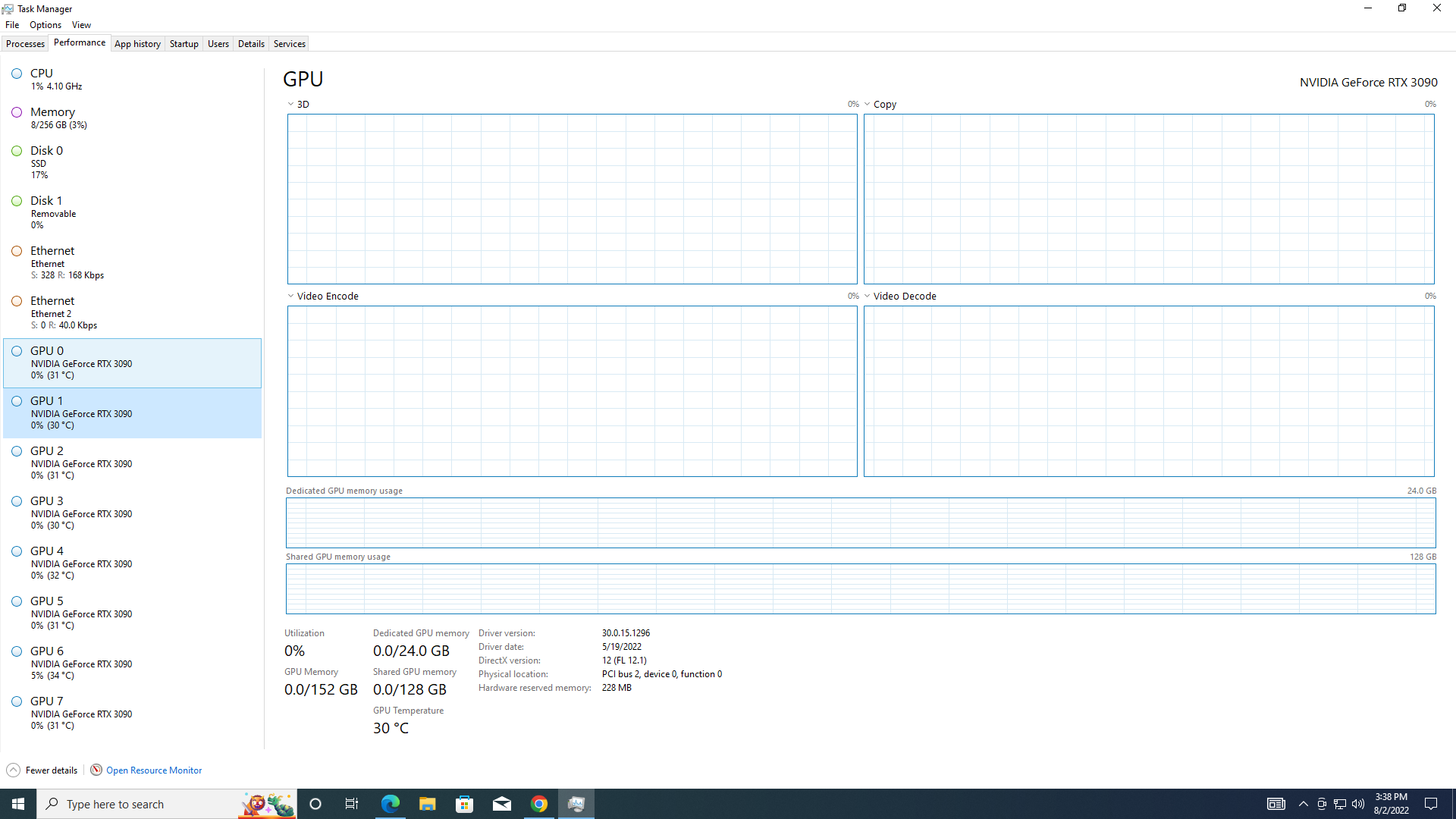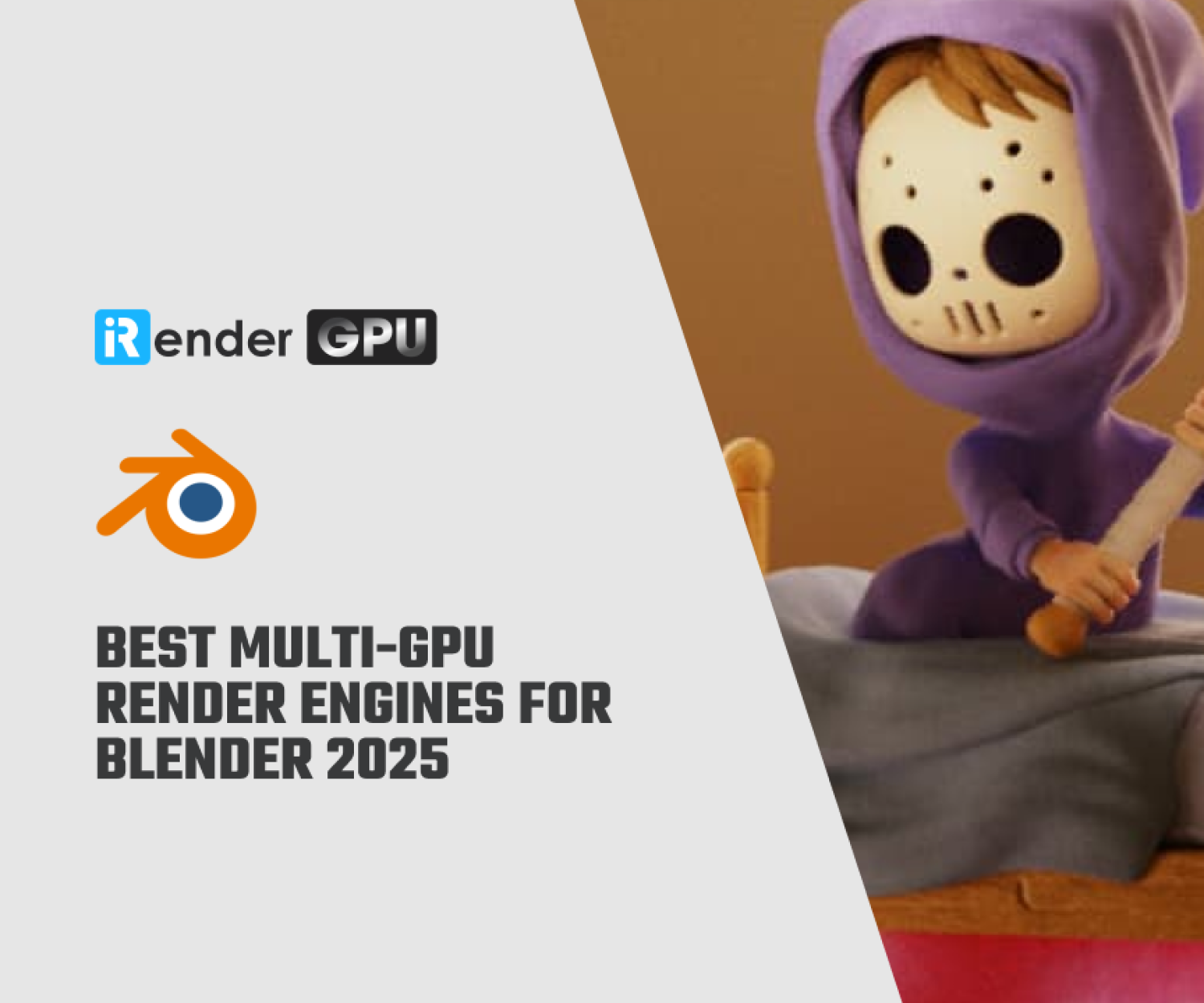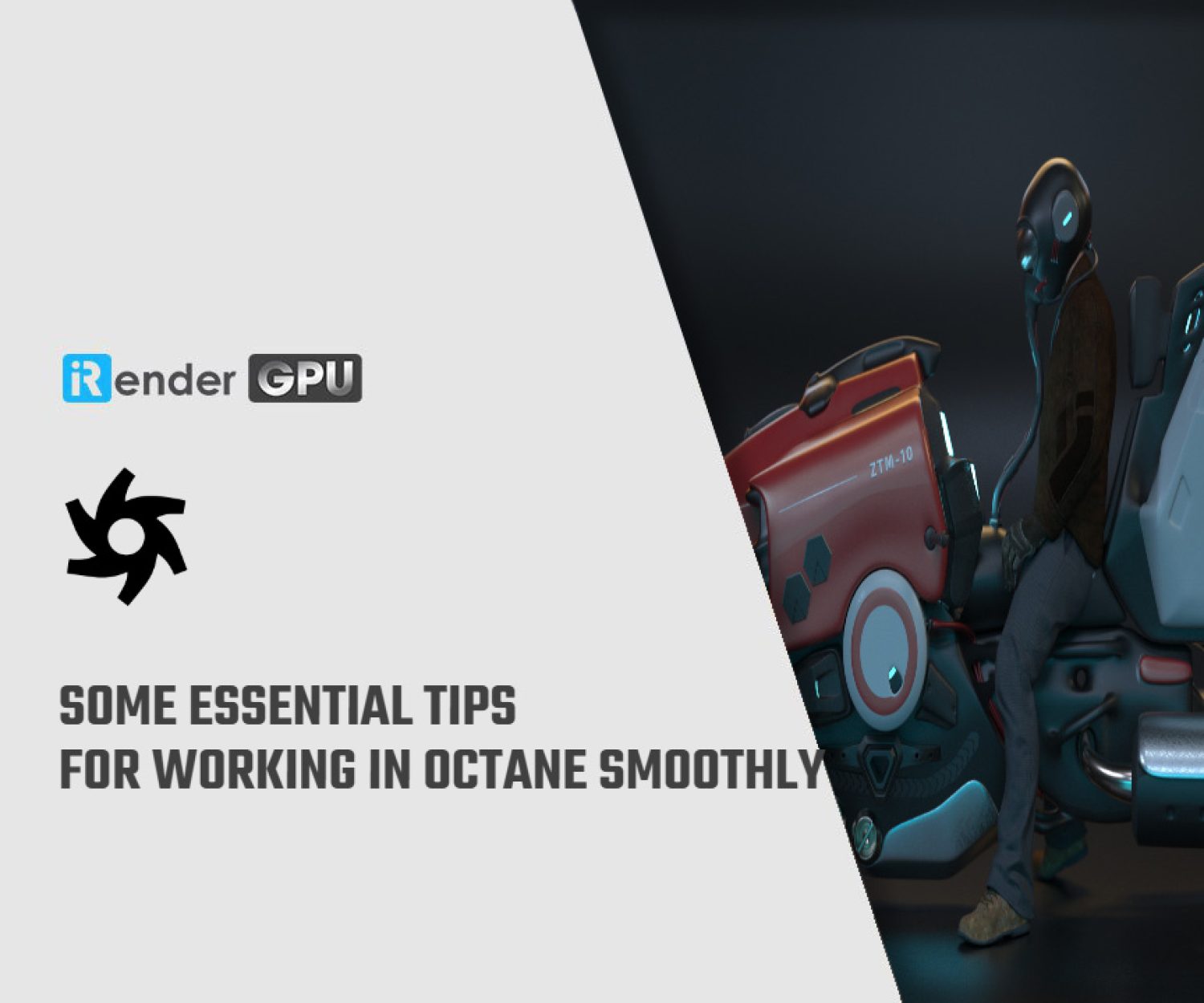iRender - The next generation of render farm technology
Recently, we have a new technology called MidJourney, have you ever heard about it? An AI that can create concept arts based on the keywords you put in, it sounds interesting. At first, we were in awe when seeing all the art from it. A combination of oil painting and watercolor painting, formed a dreamy and fantasy-like world. But after a month flooded with AI MidJourney, we must admit that our eyes are bored and hungry for human creativity.
So what is it related to this article? In fact, it leads us to a very basic difference between two technologies of render farms IaaS and SaaS, which is the control of the rendering process.
Although nowadays we have render farm technology to help artists with their rendering, we believe nothing can replace human ideas. Our human brain works differently, with constant changes and creativities, and is very adaptive. Can a normal render farm (SaaS) meet all those changes within the production of a 3D project? Or is it just an automated process and 3D artists stand no chance to modify their works?
We will compare what a normal render farm can grant you and how iRender – the next generation of render farm technology, can help you work freely and creatively with your ideas.
A normal render farm vs iRender - the next generation of render farm technology
We bet that you know the process of working on a normal render farm and working on iRender. If not, let me show you how.
-
-
-
- A normal render farm process: You will pack your files and send it to their farm and wait for your results. Or more specifically:
-
-
Step 1: You pack your files and send it to the render farm
Step 2: From here, you cannot control how it works. Your files are sent to an analyze server. This server will analyze if your files lack anything like materials, assets, textures, etc. It also analyzes if your plugin, your version of software, your renderers are compatible with their farm. If you lack something, or your pipeline is not compatible with their farm, you cannot render. Sometimes, the analyze server can detect it, sometimes, it cannot.
Step 3: If your files don’t lack anything and your programs are supported all by the render farm, the system will move you to a queue. This is a waiting line where you and many people will wait for your turn to render. Normally, a render farm will have a notification stating that there are xx projects before you, and you will need to wait for them to finish rendering, then your files will be processed by their system.
Step 4: Ok now it’s your turn to render. A normal render farm will have only one farm manager. The farm manager will distribute work to many nodes. Each node will render a part of your image or your project. After that, they combine all renders together and have your results.
Within this step, there’s one more process, where all the nodes will need to take information from a NAS (storage server). Although one node will render only a part of the project, it still needs to take and load all information of the project from NAS.
Step 5: Now your files are done, the render farm will send the results to you and you can check your files.
-
-
-
- iRender – the next generation of render farm technology process will be: you rent a remote server, connect to it, install your programs, add your license and render. Or more specifically:
-
-
Step 1: You pack your files and send them to the iRender’s transferring tool or your third party’s transferring tool like Google drive/ Onedrive/ Dropbox/Wetransfer, etc.
Step 2: Unlike a normal render farm process, you can still control how your files are rendered and worked from now on. iRender gets rid of all uncontrollable analyze server, farm manager or NAS. You will have a controller/adapter, and connect straight to the nodes to do your work real-time there. iRender servers enable you to set up, do and check whatever you need. Because you connect straight to the node and work there, it means that you can utilize all the power of the node.
Each of iRender’s images/servers is a “farm manager”, and iRender allows you to rent many images/servers at the same time, meaning you have unlimited farm managers.
Step 3: Now you finish rendering by yourself on the iRender server, you can transfer your results to iRender’s transferring tool or your third party’s transferring tool like Google drive/ Onedrive/ Dropbox/Wetransfer, etc.
At first glance, you will see that a normal render farm is very convenient, where you just need to wait for your results and don’t need to do anything. But it contains a lot of downsides. Let’s explore in detail.
Lack of programs supported vs all programs supported
Do not expect that a SaaS render farm will definitely support your software, your renderer, your plugins/addons or your version. If you use popular tools from famous names like Autodesk, Maxon, Chaos, etc. then congratulations, you’re lucky because their products are supported by many SaaS render farms. However, your apps are not so popular or you use a special plugin, special version or a not-so-common combination (such as Blender render in Octane, Maya render in Octane, Cinema 4D render in Cycles 4D, etc.), it’s highly likely that you cannot find a SaaS render farm.
With iRender – the next-generation of render farm technology, it’s a different story. What you need is to select a server suitable for your projects. You can install any application there to work and don’t need to worry about compatibility. So if you use an uncommon software, renderer, plugin, or unpopular combination, you can always rent a remote server at iRender.
Files lacked or missed while packaging: uncheckable vs checkable
The packaging process takes a lot of time. You will not just send a file of your project, you will need to pack your textures, materials, assets, etc. And if you miss one of them, and if the analyze server cannot detect that, the renders will come out completely wrong. With a normal render farm, you will only know it when it’s done. Moreover, you cannot pack your plugins or renderer. If the render farm supports it, then you can render. If they don’t, it’s bad luck.
Do you need to pack your files if rendering with iRender? Yes, of course. But you will know immediately if it renders wrong, and what you are missing to come back to your PC and take it. How can you know that? It’s because you actually connect to iRender’s remote server and do the render yourself. If one frame turns out wrong, you see that right away and can stop the render to check it. This will get rid of the wasted money for wrongly rendered.
The rendering process: uncontrollable vs controllable
This is important. Let me ask you: have you ever received your clients’ changes halfway? Or have you modified your files while rendering because you are not really satisfied with the renders? We think it always happens. With a normal render farm, you cannot do that because you are not the person who controls the rendering process. After sending the files to the render farm, you can only wait for the results and check it when it’s done. The render farms will be the one who controls your rendering process.
iRender, on the other hand, enables you to control all the rendering process. You are now the farm manager. It means that there’s no changes you cannot handle. All you need to do is to pause the rendering process, modify your files there, even try rendering the modification and send to your clients if they need, then get back to your process and resume. It’s so flexible that you can set up your own pipeline on the remote servers, the same as one you have on your own PC.
Quality output: non-uniform vs uniform
When you render on a normal render farm, your project is divided and distributed to many nodes (it could be CPU or GPU nodes). However, do you really know exactly what CPU or GPU you are using? You do not, because you cannot control the rendering process. Plus, you are not sure if all the nodes you are using are the same. It could be a problem because if there’s one different hardware (or one has some errors), the output is not uniform. You are able to render, but your result doesn’t look the same in quality.
When you use iRender, you are guaranteed that all the nodes are the same and you can easily check it (open Task manager > Performance). When the nodes are the same, the quality of your result is uniform.
Heavy scene - slow vs fast loading and render
If your scene is heavy, a render farm is not suitable. Render farms, usually taking the quantity to compensate the quality, have a large number of weak to medium CPU and GPU. Your heavy scene will be loaded by those CPU and GPU, and problems arise here. It will take a lot of time to load and to render, which means that you pay a lot more than you need to.
However, the high clock speed CPU from iRender can solve the problem. Even if the loading takes time, the powerful GPU will render it fast enough, making the total rendering time reduce tremendously.
Long queue vs no queue
A normal render farm will always have a queue. This will prevent you from knowing exactly when your project starts rendering and when it is done.
At iRender, you don’t have any queue, and you can use whichever server you need. And when you actually test rendering on the remote servers, you know exactly how long it takes to finish the whole project. This helps you actively set up your time and other work.
Run scripts or code: only available at iRender
When you use a software to work or render (like Houdini, Blender, etc.), you don’t just use it like normal, but you can write scripts or code and run them. With a normal render farm, you cannot do that. However, with iRender, it’s very easy as it grants you the ability to use the nodes by yourself like using your personal machine.
Explicit hardware
The IaaS model of iRender is clear, where you know exactly what hardware is used and what you are paying. To know why, you should come back to the point where we said that you are the person who controls the rendering and you can check what is used in the remote server they provide you.
NVLink available only at iRender
Only an IaaS model like iRender can provide you with new technology like NVLink. It’s for connecting two GPUs to increase VRAM if your scene is so complicated.
Be able to set up a render farm within iRender’s servers
You can build a render farm on the iRender remote server, with distributed rendering applications like Thinkbox Deadline. There are two cases. The first one is, you rent one of multi-GPUs servers, install Thinkbox Deadline there and set up the render farm within the specific server. The second one is, you rent many remote servers and run them parallel, with Thinkbox Deadline installed on those servers then you can work like normal.
Final words
Whether you are a freelancer, or a studio, we believe what matters most is that you can freely express your ideas through your works in any stages of the pipeline, including rendering. And to be able to manage how your rendering turns out is always better than throwing it to an automated management system. It’s like your result when you finally create a scene on your own versus MidJourney’s result when it creates a scene based on your keywords, they are definitely different.
If your project is CPU intensive and kind of light, the normal render farm will be the choice.
If your project is GPU intensive and you are very strict about your rendering, or you have a customized pipeline, iRender – The next generation of render farm technology is the better choice.
We hope that this article will help you to decide your cloud rendering service!
Register an account today for FREE TESTING COUPON to experience our service. Or contact us via WhatsApp: (+84) 912 785 500 for advice and support.
Happy rendering!
Related Posts
The latest creative news from Redshift Cloud Rendering, Octane Cloud Rendering, Cinema 4D Cloud Rendering , 3D VFX Plugins & Cloud Rendering.


